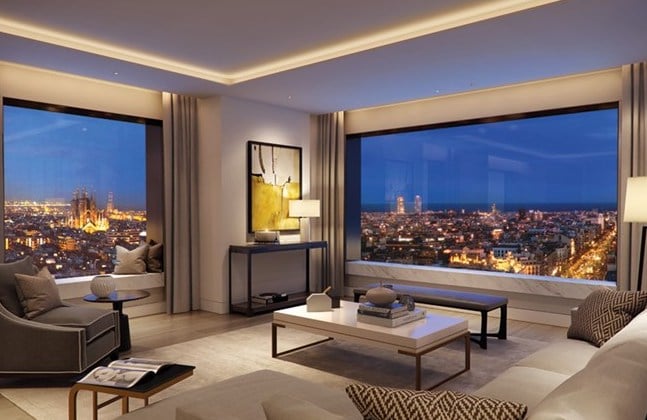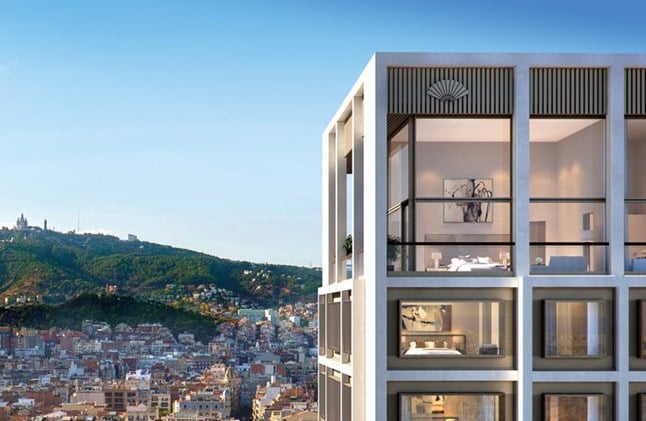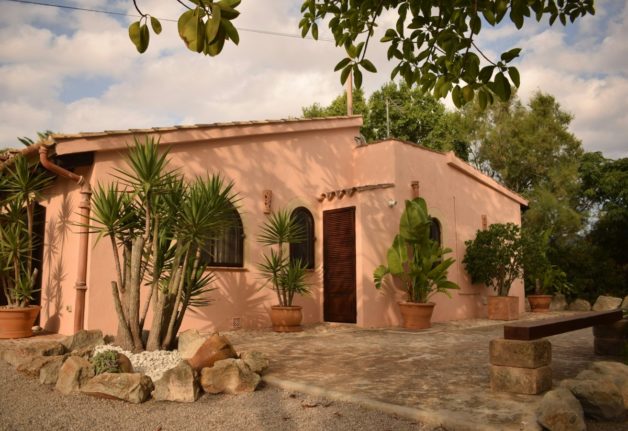According to reports in the Spanish press, a “foreign individual” has bought the penthouse apartment located on the city’s elegant Passeig de Gràcia.
Passeig de Gràcia is one of Barcelona’s most famous streets, home to Gaudí buildings such as Casa Batlló and La Pedrera.
READ ALSO: How much does it really cost to live in Barcelona?
The penthouse is a 650m2 duplex in the exclusive Mandarin Oriental Residences Building, a luxury apartment complex in Deutsche Bank’s former Barcelona headquarters.

The complex, which has 20 floors of 500m2 each, is made up of 34 apartments designed by the architect Carles Ferrater, which range between one and four rooms and with areas of between 120m2 and 580m2.
The penthouse had been on sale for around six months, since June 2022, and the developer had indicated beforehand that it would only consider offers “above €40 million”.
In 2014 investment fund KKH Property Investors bought the former bank headquarters for €90 million with the intention of opening a luxury hotel, but the moratorium on tourist accommodation licences by Barcelona City Council prevented the project from going ahead.

KKH chose instead to convert it into an exclusive apartment building with community services including a gym, spa, swimming pool, garden and library, just like a hotel.
On the lower levels of the building, the average price is around €30,000 per square metre, while on the higher floors, the prices are around €40,000 to €45,000. The duplex located in the attic, which is the largest of them all, has a price of €61,538 per square metre.



 Please whitelist us to continue reading.
Please whitelist us to continue reading.
Member comments